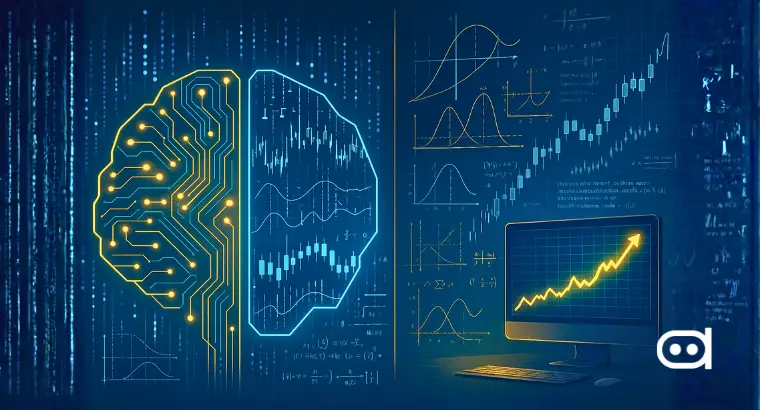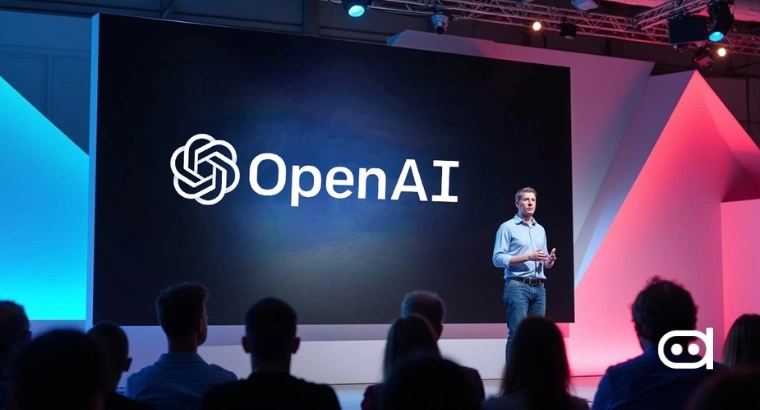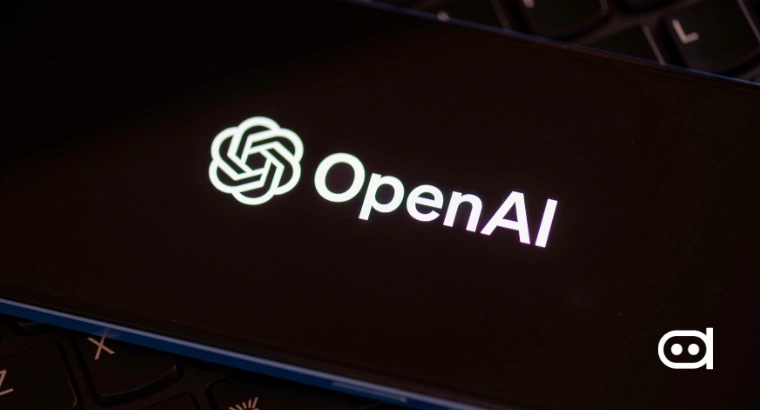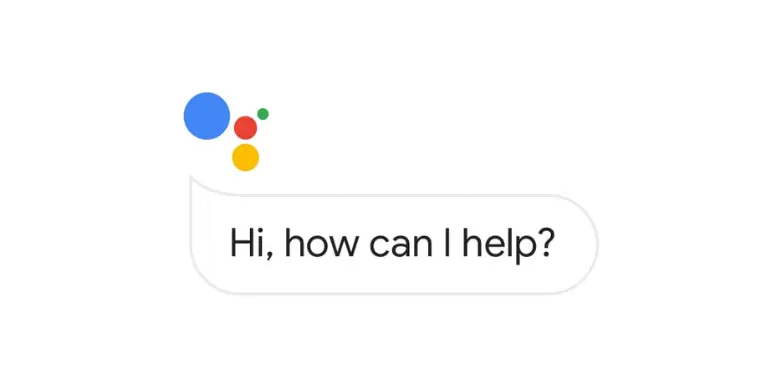
Trading has changed drastically over the past few decades, from manual floor trading to quantitative strategies and finally to systems with AI intervention. Earlier intuition and experience-based trading is now based on mathematical models and Machine Learning Trading Strategies. Modern systems combining AI and Quantitative Trading Models are becoming one of the best ways for profitable data-driven AI trading strategies.
What is a Quant Model?
A quantitative (quant) model uses mathematical and statistical methods for the identification of trading opportunities and risk management. These models reduce the human error that traders might make while applying strategies across large datasets.
Examples of quant models include:
- Statistical Arbitrage: Exploiting price inefficiencies across correlated assets.
- Mean Reversion Models: Assuming prices are going to go back to long-term averages.
- Factor Model: Looking at risk vs return of factors like momentum, value, or volatility.
Table: Quant 1.0 vs Quant 2.0
| Feature | Quant 1.0 (Traditional) | Quant 2.0 (Modern) |
| Focus | Historical data and linear models | Nonlinear, adaptive, real-time strategies |
| Tech Stack | Basic statistical tools | AI, ML, big data analytics |
| Data Sources | Price and volume | Alternative data (social, satellite, IoT) |
| Execution | Manual or rule-based systems | Automated, AI-optimized execution |
What is AI in Trading?
In the commercial trading context, machine learning, natural language processing, and deep-learning algorithms are utilized under the umbrella term of AI to analyze data samples, predict outcomes, and arrive at an ideal execution strategy. Unlike the traditional model, where the environment is assumed to be static, AI in trading accounts for the dynamic nature of the market, and functions accordingly.
Examples include:
- Sentiment Analysis: Using NLP to interpret news and social media for market signals.
- Reinforcement Learning: Optimization of strategies via trial and error in a simulated environment.
- Predictive Analytics: Using deep learning models to predict stock movements.
Why Combine AI and Quant Models?
Together, AI-Quant Models create an extremely powerful synergy, which manifests itself in the following ways:
- Better prediction, thanks to diverse data from different sources.
- Dynamic separation with respect to changing market conditions.
- Better portfolio optimization and risk management.
- Ability to identify nonlinear relations in data otherwise not identified by traditional models.
- AI-optimized algorithms ensure faster trade execution.
- Alternative data such as ESG scores, or social trends, can be integrated.
- Trading decisions are less susceptible to subjective biases and errors.
Core Components of AI-Quant Synergy
Data Collection & Preprocessing
The AI-Quant systems work on collecting structured and unstructured data ranging from market prices through macroeconomic indicators to earnings reports, sentiments in social media, and even satellite imagery. Data clean-up and accurate preprocessing are needed for reliable signaling.
Feature Engineering with Quant Logic
Quantitative logic is applied to design features that are more robust: financial ratios, volatility-based metrics, and risk parameters, all of which serve as inputs to machine learning algorithms.
Machine Learning Models for Prediction
Deep learning is utilized for predicting stock movements, reinforcement learning attempts to create adaptive strategies, and NLP focuses on interpreting news to predict market reactions.
Risk Management & Execution
While prediction and adaptability are handled by AI, the quant rules create guardrails for portfolio optimization, risk-adjusted returns, and disciplined execution that make for a nice balance of security and innovation.
Applications in Real Trading Strategies
- Stock Market Prediction: Using AI-enhanced statistical models, trend reversals are spotted.
- Algorithmic Trading with AI: High-frequency trading systems are optimized with AI-based models.
- Options and Derivatives: Quant pricing models are used, and ML forecasts volatility to hedge better.
- Crypto Trading: AI adjusts to volatility and quant structures to systematic trading rules.
Future of AI + Quant Models in Trading
The next ten years may witness the rise and proliferation of fully autonomous trading systems, where AI-powered bots will design, test, and execute strategies without human intervention. The use of alternative data, from ESG performance to supply chain data or even satellite images of oil tankers, will improve decision-making. The key trends are:
- More use in reinforcement learning for adaptive strategies.
- Use in AI-quant hybrids for DeFi markets.
- Increasing regulation on AI transparency and accountability.
- Landing on retail trading platforms, bringing these tools to wider masses.
Our Verdict
Some understand AI and Quantitative Trading Models as competitors. Yet, they are collaborators. Quant models impart mathematical rigor and discipline into systematic trading, while AI imparts adaptiveness, predictive capabilities, and scale. Together, these two form strategies that trade profitably and are resilient when the markets experience price volatility. The future is for hedge funds, traders, and fintech innovators who embrace AI-Quant Models and strategies with elements of precision, adaptability, and foresight. Thus begins the dawn of a new class of profitable data-driven trading strategies.






